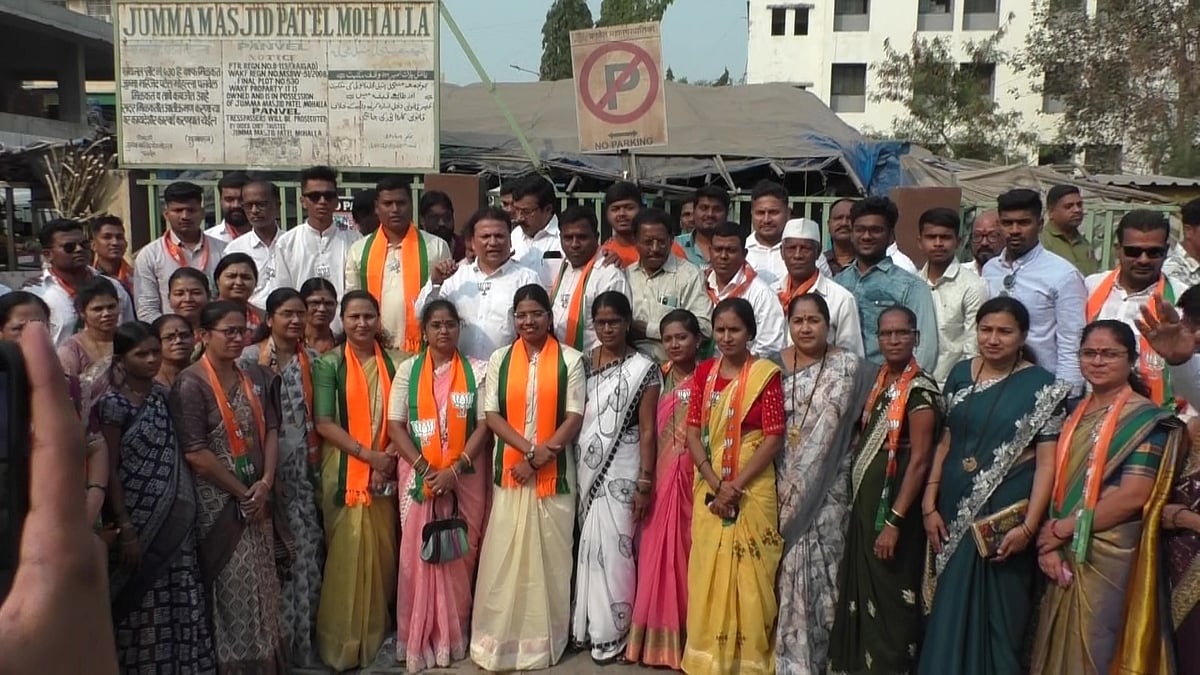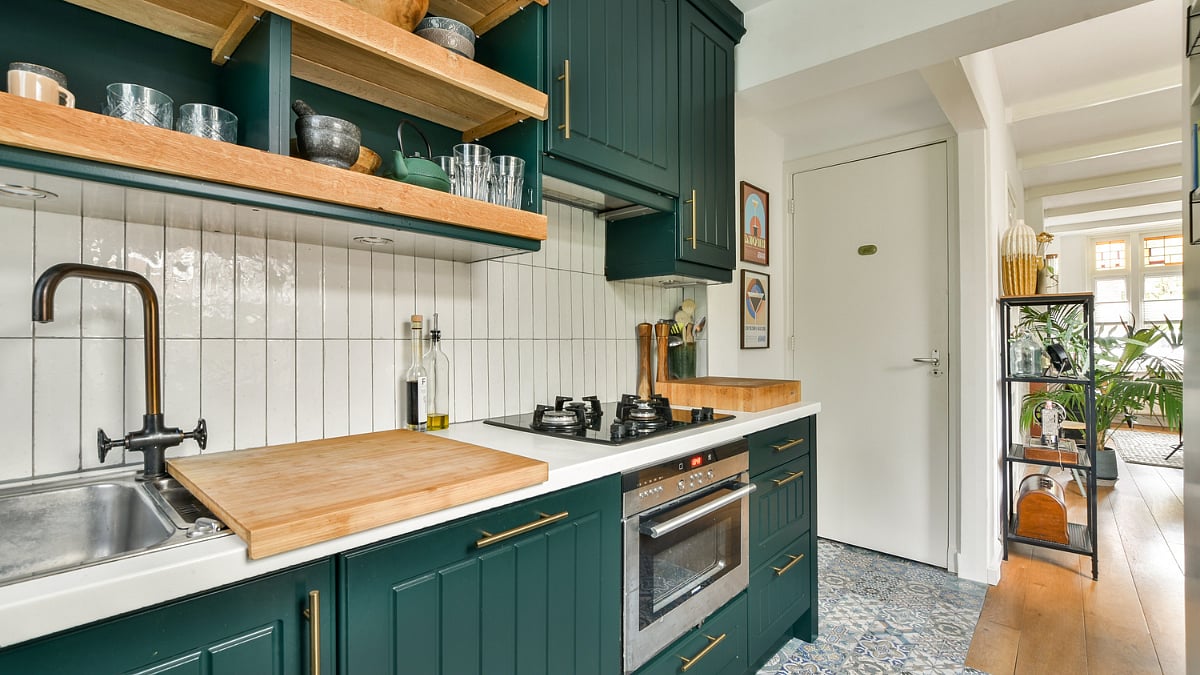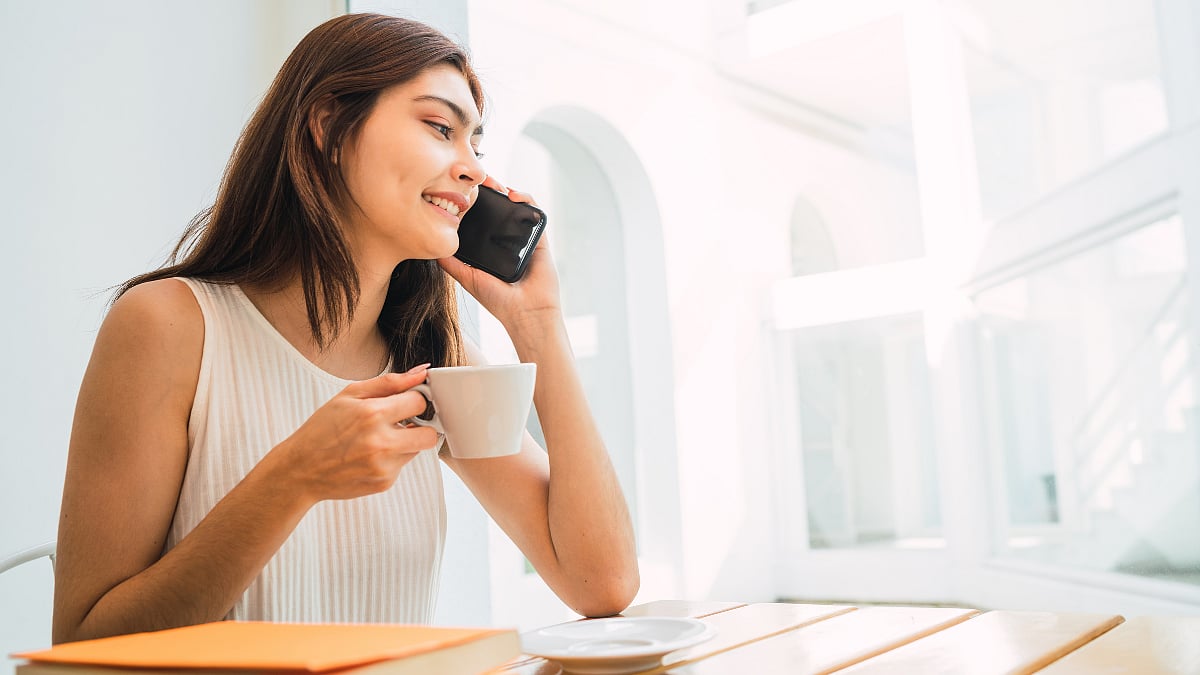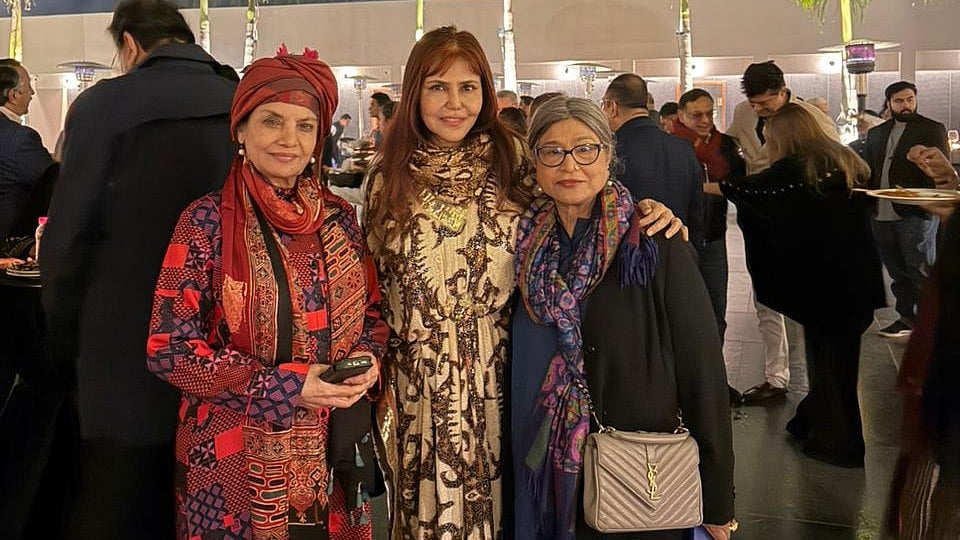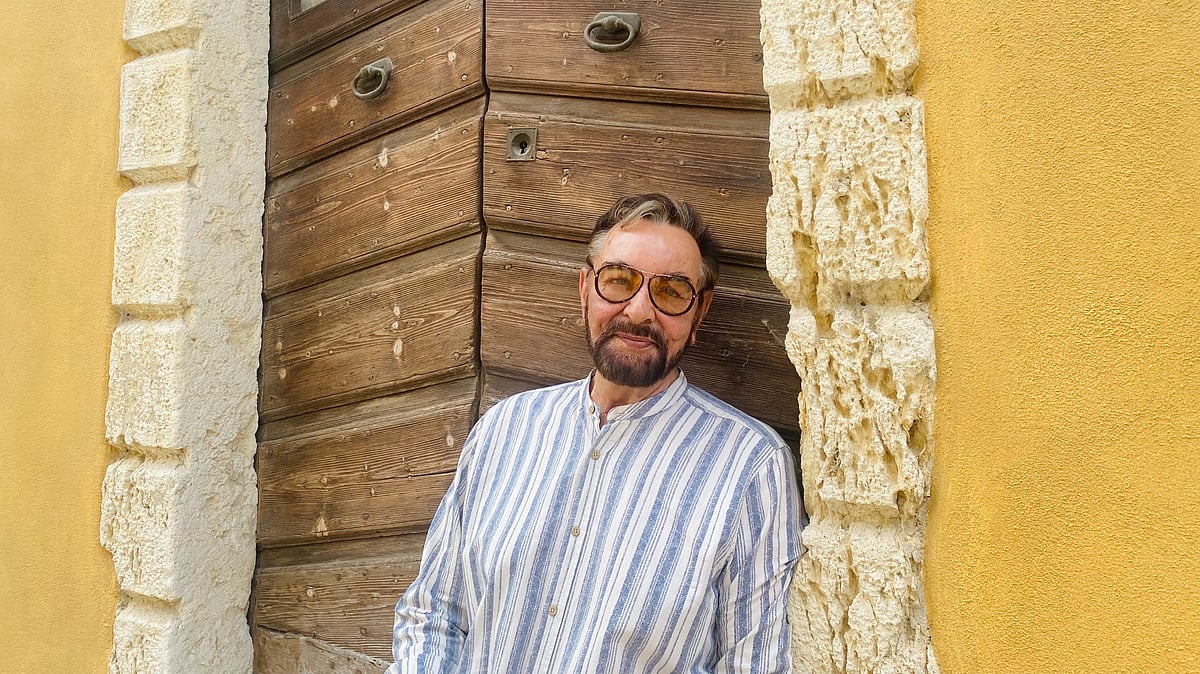In 1977, the International Council of Museums officially nominated May 18 as International Museum Day, creating a unique moment for the international museum community. The organisation recommended having a proper theme every year, inclusive of, but not limited to, globalisation, bridging cultural gaps, and care for the environment.
We spoke to Sonal Motla, a renowned visual arts curator who began her journey into the realm of Fine Arts in 1991. Her first State Of The Art show was hosted by the National Gallery of Modern Art which was aimed at showing people how to use the computer. Excerpts:
The meaning of museum
Muse is that which fascinates, that inspires, hence objects thus created, which are of historical, scientific or cultural importance are procured, catalogued and exhibited in a museum.
Museums help document history and help us with the roadmap to understand in a snapshot, of how a civilisation has travelled. It helps understand why we have arrived, where we are and gives a cultural mapping in the present context. Art reflects life. It helps decipher our cultural state in the present context. Hence documenting the past, the history we carry, helps understand where we are and why.
A museum is a documentation of the travels of a civilisation. And a civilisation is defined through its culture.

Art impacts everything
Everything can be engulfed by art and that impacts the society at large. Art engagement over a period of time, becomes the culture of a society.
Culture is to do with the inherited stories and the story telling, the philosophy. This sense of tradition, rituals, belonging is so deep-rooted that it is visible in the way one decorates one’s own home, to the way one dresses and presents oneself.
Art is a process of constantly expressing oneself as well as relating to one another. It’s proven that art impacts the subconscious mind, it can make deep psychological impressions and help non verbal expression.
I believe art has the power to transcend the limitations and challenges of life. Hence, some countries in spite of not being very prosperous, have managed to be culturally rich and vibrant. Culture, as I see, defines a civilisation.
Each spectator/admirer is unique
The way and manner in which a painting, or performance impacts one person is very different. Each person carries his or her own unique history, metaphors that make them react very differently and uniquely in their own response.
We are all similar and yet we are all wired differently as if we are made of different metals hence when we come across a stimuli we all have different responses.
Art can impact one completely different to what it can do to someone else, that’s exactly why I find it so fascinating and fabulous. And over a period of time, the subjective art translates as a collective aesthetic we call culture. Art is personal, culture is plural.

Museums risk becoming morgues
A museum’s challenge is that they should not slip into becoming morgues. Museums are spaces meant for the stories we tell, the logic we create, the lessons we conclude out of history. A museum must be a living entity, breathing and pulsating, telling stories, communicating and interacting. Being inclusive is its mantra. It needs to be an impetus for the road forward.
Museums need to reinvent and redefine themselves constantly. They aren’t just a building of stone and concrete, but have the potential to create an energy that has an aura, much larger than a couple of hours spent on a visit there. Constant interpretation of these stories, objects, and varied perspectives for them to be relevant in the coming times.
The way ahead
Museums can play a pivotal role in keeping peace and harmony. They can be the witnesses of history to histories where fragmenting on faiths, classes and ideologies, have only brought chaos. For example, visiting an exhibition in Derry, Ireland, the exhibits displayed there were not only informative, depicting the history of Ireland, but were also interactive, asking visitors for their opinions. That, I think, is the way forward.

Success measured
Quantitative measure is important but is not the only measure of impact. The measure of a successful art show in a museum or an art festival lies in the takeaway value of that experience. If there is no takeaway value, then it is just like a momentary bubblegum experience.
Need of the hour
The need of the hour, according to me, is the building of a holistic ecosystem around it.
We need policies that encourage and create storytellers, interpreters, digital content and curators who weave different ways of looking at our cultural history.
Interactive workshops designed for the entire spectrum of the community is necessary. It’s not a place just for the elite. It has to cater from school children to professionals, to the elderly.
We need museums to open up, to talk to people, to include them, to give maximum exposure. Why just children? Why not every demographic section of the society?
Museums will have to be dynamic and palpitating with energy, life and context. Museums may no longer be content in being iconic structures but will have to create a lot of digital content to be accessible to the next gen.
Ideally it should be two things - inclusive and alive. It has to be alive, interactive, palpitating with energy. We need museums to open up, to talk to people, to include them, to give maximum exposure. Why just children? Why not every demographic section of the society?
We as museum patrons need to take on that mantle of relating to your audience, talking their language and encouraging conversations and exchange. Museums are the custodians of culture, they can extend to be the stimuli. Showcasing the exhibits may not be enough, it can go far beyond. It can present a platform to talk about the craft or show, to encourage designers and artists to get involved, to reason and discuss solutions to revive the crafts with a contemporary context. Pop up workshops with research tools if made available, would contribute far more than a visual treat.
A holistic approach would be needed with workshops, storytelling, explaining a period, history of a craft, or a timezone, and address different demographic audiences. We need to draw the entire circle for us to maximise the allotted resources.
The curator is currently working towards the issues of education on art, craft and design as well as with a few educational institutions.
(Sonal Motla ran the very first ‘Museum shop’ at the National Gallery of Modern Art NGMA (Mumbai) with limited edition objects made by contemporary artists. You can reach out to her at: coreteamsonal@gmail.com)



